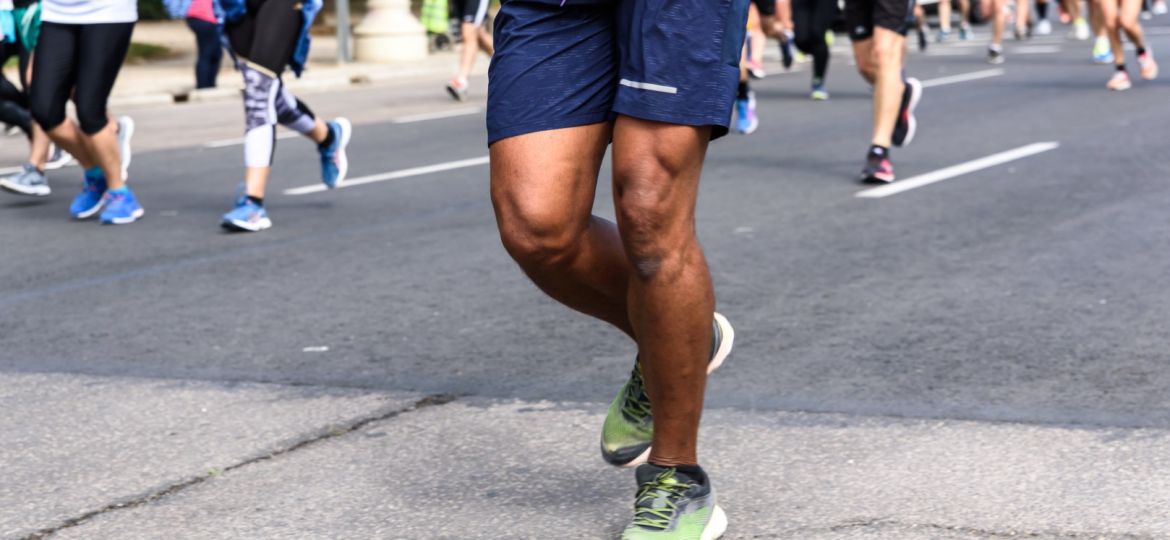
Athletes push their bodies to excel. Intense training, repetitive movement, and high endurance can place stress on the venous system. Maintaining vein health for athletes ensures optimal performance and long‑term circulatory wellness.
Why Circulatory Wellness Matters to Athletes
When athletes train rigorously, blood flow demand increases dramatically. The veins carry deoxygenated blood back to the heart—and strong vein function supports recovery, prevents swelling, and reduces risk of varicose veins and venous insufficiency. Without proper attention, athletes may experience leg pain, fatigue, heaviness, or even deep vein thrombosis (DVT) in rare cases.
How Intense Training Impacts Vein Health
Athletic training often involves high‑impact activities, heavy lifting, extended standing, or repetitive motion. These can:
- Increase intra‑abdominal and intra‑venous pressure
- Weaken venous valves over time
- Contribute to venous pooling, especially in lower legs
For example, endurance runners or cyclists may experience enlarged veins from persistent pressure, while lifters may strain their valves during heavy lifts. Over time, this may lead to visible veins, spider veins, varicose veins, or discomfort.
Signs to Watch For in Vein Health for Athletes
Athletes should remain vigilant for these early symptoms of compromised circulation:
- Persistent leg heaviness or tiredness
- Visible spider or varicose veins after training
- Mild swelling or cramps in calves or ankles
- Pain that worsens when standing or training
- Skin changes like redness or warmth around problematic veins
Early recognition allows for swift action and improved recovery.
Preventive Strategies to Support Vein Health for Athletes
Stay Active With Recovery Movement
Alternate high‑intensity sessions with active recovery—such as walking, cycling, or gentle stretching—helps maintain blood circulation and prevents venous pooling.
Elevate Legs After Workouts
Raising legs above heart level for even 10–15 minutes post‑training aids drainage, reducing pressure on veins and lowering swelling risk. As Sonoran Vein recommends, elevation supports reduced leg swelling and vein pressure.
Use Compression Wear Strategically
Medical‑grade compression stockings or sleeves can improve circulation, particularly for athletes prone to leg fatigue or visible veins. These garments assist venous return and reduce venous pressure during and after workouts.
Nutrition and Hydration for Vein Support
Adequate hydration keeps blood viscosity in check. A balanced diet rich in flavonoid‑containing foods—like berries, leafy greens, and citrus—supports vein elasticity. In addition, maintaining a healthy weight helps minimize pressure on venous walls.
Optimize Strength and Form
Correct training form decreases undue pressure on the venous system. For lifters, proper breathing and lifting mechanics reduce intra‑abdominal pressure. For runners and cyclists, strong core and glutes help distribute load and improve circulation efficiency.
When to Consult a Vein Specialist
If symptoms persist despite preventive efforts—or if visible varicose or spider veins emerge—consulting a vein specialist is essential. Experts at Sonoran Vein & Endovascular provide vein health screenings, vascular lab diagnostics, and personalized treatment plans. Their experienced vascular specialists tailor care to athletes, combining minimally invasive treatments with performance‑friendly recovery.
Treatment Options That Support Athletic Recovery
Sonoran Vein & Endovascular offers advanced, outpatient endovascular procedures that allow athletes to return to training quickly while restoring circulation. Treatments may include:
- Sclerotherapy for spider veins
- Endovenous laser or radiofrequency ablation for varicose veins
- Ultrasound‑guided foam treatments
These interventions help restore vein function with minimal downtime—so athletes can resume training safely and sooner.
Training Wisely for Long‑Term Circulatory Wellness
Integrating vein‑friendly habits into training routines is key. Structured rest days, fluid intake management, leg elevation, and periodic vein health assessments combine to sustain strong veins under intense training pressure.
Healthy Legs, Peak Performance
Combining carefully structured training, proper recovery techniques, and attention to circulation enables athletes to maintain vein health for athletes from Phoenix to Prescott. Sonoran Vein & Endovascular offers comprehensive diagnostics, lifestyle guidance, and minimally invasive treatments tailored to athletic individuals. With early support, athletes can protect their circulatory system and perform at their best.
If you’re noticing leg fatigue, visible veins, or discomfort during or after workouts, don’t delay. A vascular evaluation can provide clarity and personalized care.
Contact us today at Sonoran Vein & Endovascular to schedule a consultation and take the first step toward enhanced circulation and peak performance.
















